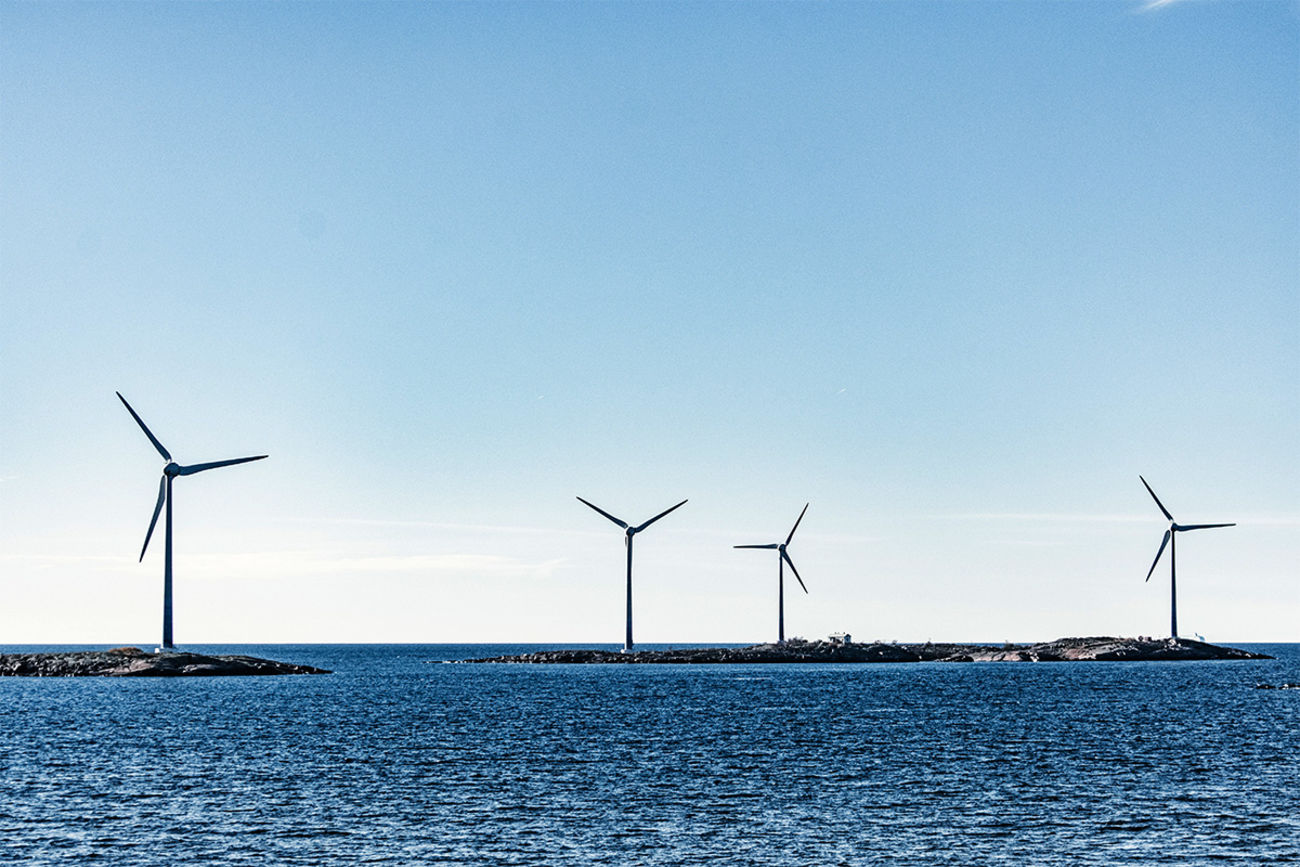With this in mind, Mirabaud Securities is committed to strengthening its analysis portfolio of Spanish listed utilities and IPP companies with the forthcoming incorporation of Solaria, Solarpack, Soltec, Grenergy and Greenalia. This analysis framework already includes Acciona, Iberdrola, Endesa and Naturgy, as well as large companies such as Repsol, ENCE and Global Dominion, which are adding renewable energies to their service offering.
As Javier Colás, General Manager of Mirabaud Securities Spain, explains, “our country has become a leader in renewables. Investment is already being mobilised and companies are developing projects to meet the expected demand. Not even Covid-19 has stopped these projects. Over the past two years, more than 10 GW of renewables capacity have been installed in Spain, highlighting companies’ interest in investing. Integrated utilities and independent producers (IPPs) have strengthened the renewable targets in all their strategic plans. With the planned additions, at Mirabaud we will be covering the 12 main listed companies that lead the sector in Spain. We are the reference entity for this analysis.”
Solar photovoltaic and wind power will be the winning technologies
A recent comprehensive analysis of the renewables sector by the company reveals that the winning technologies in a market increasingly in demand from investors will be those linked to solar photovoltaic and offshore wind energy.
With regard to technologies related to solar photovoltaic energy, Álvaro Navarro, an analyst at Mirabaud Securities Spain, explains that “the change in perceptions of this technology is significant. Until very recently, the large domestic renewable operators (Iberdrola, Acciona and others) clearly saw it as residual, essentially for small projects in the hands of minor independent operators, very much based on subsidies. However, the collapse in solar panel prices that we have seen means that solar photovoltaic technology will be one of the biggest winners in the global renewables sector over the coming years.”
This explains why the very operators who, until recently, had no significant investment in photovoltaic have radically changed their plans for the future. In the coming years, a large proportion of renewables projects will be geared towards this technology. In the next few years, the leading technology in the renewables sector is expected to be solar photovoltaic. Annual growth rates worldwide will surpass double digits in this five-year period and growth will be exponential over the next two decades, with installed power forecast to expand eightfold by 2040. Solar photovoltaic will account for one third of installed renewable power. Forecasts indicate that one third of total installed renewable capacity will be photovoltaic energy by 2040, compared to 9% today, and it will become the world’s leading renewable technology.
Wind technology will be the other big winner in the future. Wind capacity is expected to grow to 4.8 times that of current capacity by 2040. It will come to represent almost 20% of the total renewables landscape and should consolidate as the second fastest-growing renewable technology in the future, both onshore and offshore, although offshore is where the greatest growth is expected. For Navarro, “a sharp drop in installation costs is still expected thanks to the technological improvements that will undoubtedly materialise. We should not forget that the offshore wind turbine load factor is the highest of all renewables, which partially offsets its higher installation and maintenance costs. The increased size and cost of offshore projects make it particularly attractive to large renewable developers because of the high entry barriers, meaning small operators will struggle to get involved.”
Focusing on Spain, the objective of the National Integrated Energy and Climate Plan (PNIEC) (+57 GW of renewable generation by 2030) requires an 80% increase in wind power (50 GW by 2030) and a tripling of photovoltaic power (37 GW by 2030). Meanwhile, coal is being shut down and nuclear power is gradually being phased out, a process that will continue until 2035. The intermediate objective is 29 GW by 2025. To comply with the plan (renewable energy as 30% of energy consumption in 2025), the sector must introduce 29 GW of new renewable power (4.8 GW per year).
At Mirabaud, ‘we are seeing total harmony between companies and the regulator (the Ministry of Ecological Transition). This aspect is key to implementing investments, giving the energy transition plan the highest guarantees, thereby removing regulatory uncertainties for investors”, says Javier Colás.
Climate change is central to the energy management scheme envisaged by the Spanish government’s renewable plan and the energy sector will be one of those to most benefit from European funds to revitalise the economy and mobilise investments from companies (the Spanish budget already includes €27 billion for this year). Both of these factors are key in attracting investors’ attention. However, they are not the only factors. There are tax measures that benefit renewables and renewables are favoured by increasing emission rights. For Navarro, “taxation and emission rights will be instruments that encourage investment in renewable energy over the next few years, promoting the electrification of the country and discouraging consumption of hydrocarbon fuels, which will continue to be penalised”.

